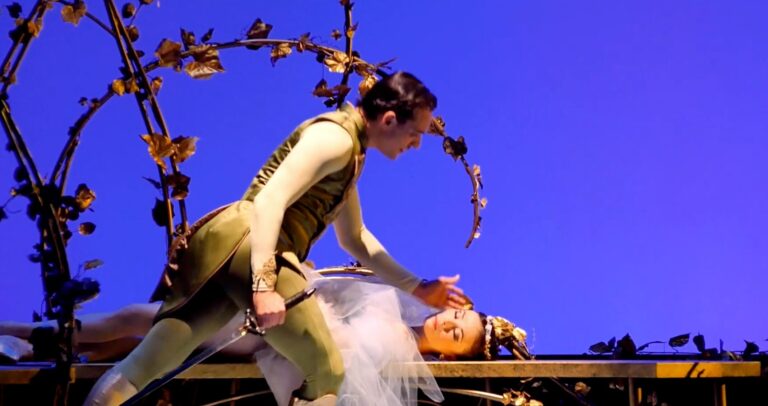
Vancouver, BC – written October 15th, 2024 – The Roedde House Museum, a special and charming heritage venue, is excited to present an exhibition focused on Expressionism, with support from the German Consulate General in Vancouver. This unique museum offers a wonderful opportunity to delve into the world of Expressionist art and culture.
German Expressionism is an artistic movement that emerged in Germany in the early 20th century, roughly between 1905 and the 1920s, spanning visual art, film, literature, theater, architecture, and music. The movement was a response to the anxieties and upheavals of the time, including the industrialization of society and the aftermath of World War I. It aimed to convey intense emotions, distorted reality, and inner psychological states through bold, often exaggerated artistic forms.
Characteristics of German Expressionism:
- Emotional Intensity: Artists and filmmakers sought to express raw emotions like fear, anxiety, and alienation. This often involved dramatic, exaggerated styles to capture intense feelings.
- Distorted Forms: To depict the turmoil of the human psyche, artists used distorted, often unsettling shapes and forms. Buildings, characters, and landscapes might be depicted in sharp angles or twisted shapes.
- Vivid Colors and Bold Lines: Expressionist paintings often featured strong, contrasting colors and bold lines to convey energy and emotion. The use of non-naturalistic colors helped to express a mood or atmosphere rather than a realistic scene.
- Themes of Alienation and Madness: Many works dealt with themes of loneliness, isolation, madness, and the darker aspects of human nature, reflecting the cultural and social upheaval of the time.
In Visual Art:
- Artists like Edvard Munch, Wassily Kandinsky, and Ernst Ludwig Kirchner were key figures in the movement. Munch’s The Scream (though Norwegian) is a quintessential example, capturing the raw emotion and distorted reality characteristic of Expressionism.
- Two notable groups, Die Brücke (“The Bridge”) and Der Blaue Reiter (“The Blue Rider”), were central to the movement. They focused on breaking away from traditional artistic norms and exploring more abstract, emotionally charged styles.
In Film:
- German Expressionism had a profound impact on cinema, particularly in the 1920s. It influenced films like The Cabinet of Dr. Caligari (1920), Nosferatu (1922), and Metropolis (1927).
- These films used stark contrasts, shadows, and surreal, distorted set designs to create eerie and nightmarish worlds. The visual style often mirrored the psychological states of the characters, creating a sense of unease.
- Expressionist cinema also laid the groundwork for later genres, such as film noir and horror, with its focus on moody atmospheres and psychological depth.
German Expressionism ultimately sought to rebel against the rationality of the modern world, turning instead to the subjective and emotional. It was a way for artists and filmmakers to explore the darker sides of the human experience, using visual styles that were as intense and unsettling as the emotions they aimed to portray. While it began in Germany, the movement had a lasting influence on art and cinema worldwide.

Accompanying Events:
October: Experience the innovative spirit of Expressionism with screenings of the classic films Nosferatu and The Cabinet of Dr. Caligari. These films exemplify the distinctive visual and narrative style of the Expressionist movement.
November: Don’t miss the screening of Pandora’s Box, introduced by Cineworks. Following the film, there will be a Q&A session to explore its themes and historical context.
January: Engage in a Wood Block Printing Workshop and discover the techniques behind the striking prints of Expressionist artists. This hands-on workshop offers a creative way to connect with the art form.
January: Attend Music & Images, featuring a selection of Expressionist artworks complemented by a live piano performance by Noah Franche-Nolan, who will play pieces by Arnold Schoenberg.
For more information on dates, times, and ticket purchases, please visit the Roedde House website. The exhibition will be open to the public from Wednesday, 2 October.
We look forward to welcoming you to Roedde House and sharing the intriguing world of Expressionism with you.








